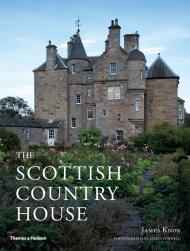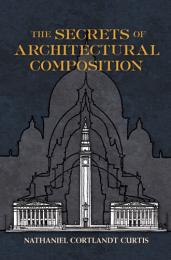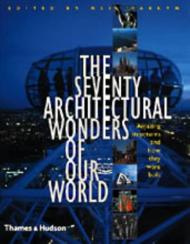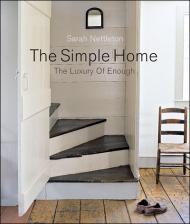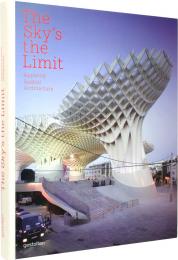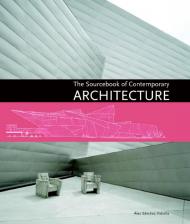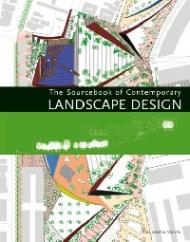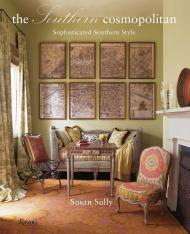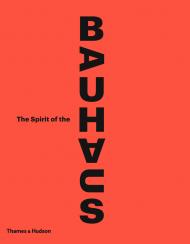The Scottish Country House will enthral anyone with an interest in Scotland, history, architecture or interior decoration – all wrapped in a compelling narrative of past lives and taste.
These ten extraordinary houses and castles have all survived the vicissitudes of Scotland’s history with almost all of their original families still in residence. Each house also represents a landmark in Scotland’s architectural history, ranging from the early seventeenth to the early twentieth century. The architectural revelation is matched by sensational settings, which merge designed gardens and landscape with the unparalleled wildness and vistas of Scotland.
But, as author James Knox writes ‘The glory of Scottish country houses is not just their architecture but their contents, which add layers of personality to the interiors.’ All of these cherished houses are chockablock with memories of the past, from swagger portraits to sporrans, from vintage photographs to ancient weaponry, from curling stones to fading chintz. James Fennell’s masterly photographs capture the distinctive atmosphere of each residence. As he guides the reader on an intimate tour of the houses, Knox recounts their histories and profiles the colourful lairds, clan chiefs and nobles who have called them home.
Издательства
- Rizzoli (481)
- Thames & Hudson (156)
- Prestel (149)
- Gestalten (106)
- Braun (105)
- teNeues (71)
- Vendome Press (60)
- DOM Publishers (51)
- Monacelli Press (50)
- Phaidon (49)
